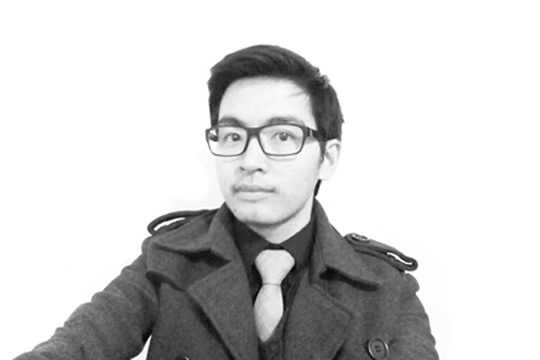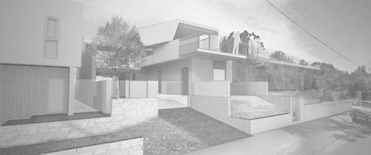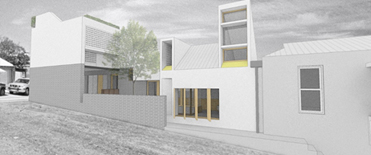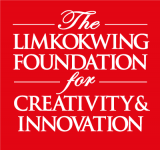
Lee Yang Yang
Architect, Philip Stejskal
, 2013
Bachelor of Applied Science (Architectural Science) in collaboration with Curtin University of Technology, Australia
For those who are interested in architecture, do not do it for the money. Do it if you love it.
06 September 2013
Dreams To Reality
Written by Onalethata Mogale
Malaysian born Lee Yang Yang found his passion for architecture as child. He passionately tells a story told to him by his aunt, of how as a young boy, one day he stood astounded for hours, watching an excavator lifting dirt off the ground doing some construction work. Years later, he is now the architect designing the plans used for constructions.
‘I suppose I am one of the lucky few that figured out their ambition since young. It struck me how much I have grown from that little boy to the architect standing on the site watching builders construct buildings according to drawings that I have drawn,’ he said.
He graduated from Limkokwing University with a Bachelor of Applied Science (Architectural Science) in 2009, and continued to complete his Master of Architecture with Curtin University in Perth, Australia in 2012. He says it was easy to continue with his studies with Curtin University because of the twinning relationship between Limkokwing University and Curtin University.
Limkokwing University is known for prioritising critical thinking and creative thought, which I think is paramount for creative professions, he said.
He also said he enjoyed the close relationship Limkokwing University has with the industry because it exposes students to industry expectations before they even graduate, and the lecturers are industry professionals who teach based on experience and expertise. It is through this lecturers that he learnt to be an independent thinker who is not afraid to carve his own path.
‘Studying there has taught me not to accept tradition and common practice blindly, but to constantly question and innovate new ways of thinking and working,’ he said.
After he completed his Masters, he had a few job offers in Malaysia, but decided to gain some work experience in Australia. He is currently working with Philip Stejskal Architecture, a design-oriented practice in a culturally vibrant harbour town of Fremantle, Perth, Western Australia.

Since graduating, he has recognised a vast difference from university and the industry life, which he was ready to tackle because of his exposure to industry expectations during his university days. One of the biggest differences he noticed in the industry is that you often need to work with people who have different styles of working.
He says he is particularly interested in ‘subtly delightful yet memorable architecture that outlast time and change,’ and finds his inspiration in architectural work that is ‘memorable and moving.’ That is the kind of architecture that ‘makes us stop, wonder and realise where we are standing, then make us remember that particular moment again and again,’ he continued.

Currently he is working on a number of projects, all of them small houses and apartments, which he says allows him to focus on greater detail, with closer relationship of the constructing work.
He concurrently teaches architectural design and drawing methods at Curtin University and also teaches children architecture at House of Arc. He also volunteered at CoDesign Studio for Karawara Public Open Space Masterplan.
He believes in working hard for what you want and not giving in to setbacks, quoting a saying that says a worthy failure is more valuable than mediocre success.
You should not be afraid of failure when you are aiming for success.
He said though architecture might seem like a challenging, arduous and stressful journey, architecture students must work hard to achieve their goal. He says architecture ‘requires immense passion and numerous sleepless nights to travel down this path.’
He advises students interested in architecture to have honest passion and dedication to architecture if they want to choose it as a career path.
‘For those who are interested in architecture, do not do it for the money. Do it if you love it,’ he concluded.





































